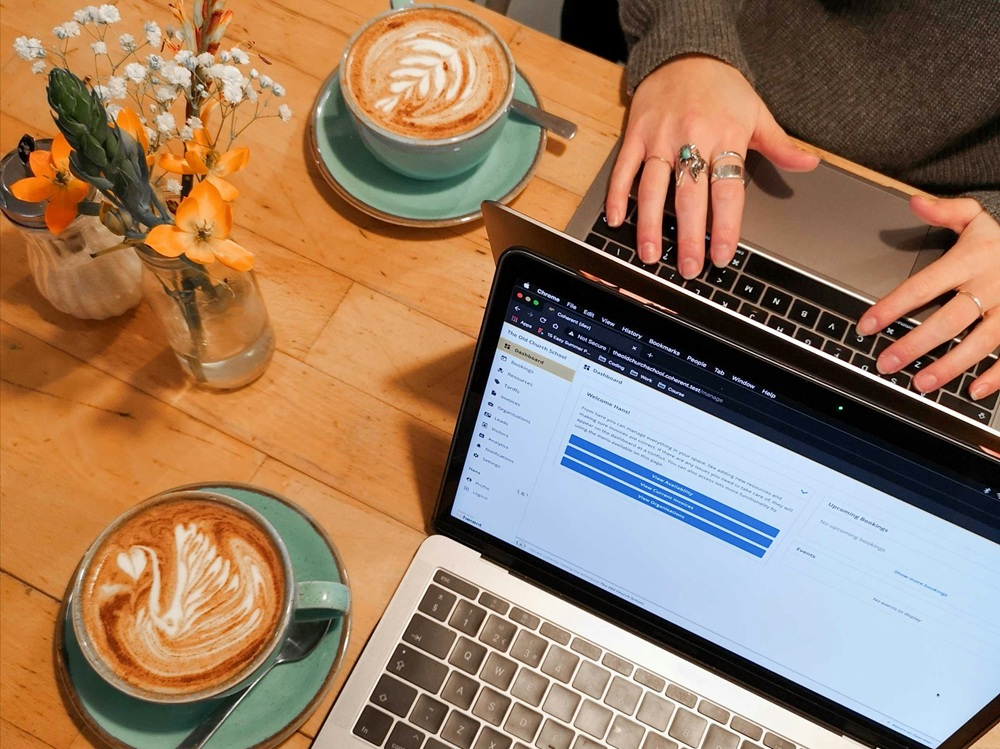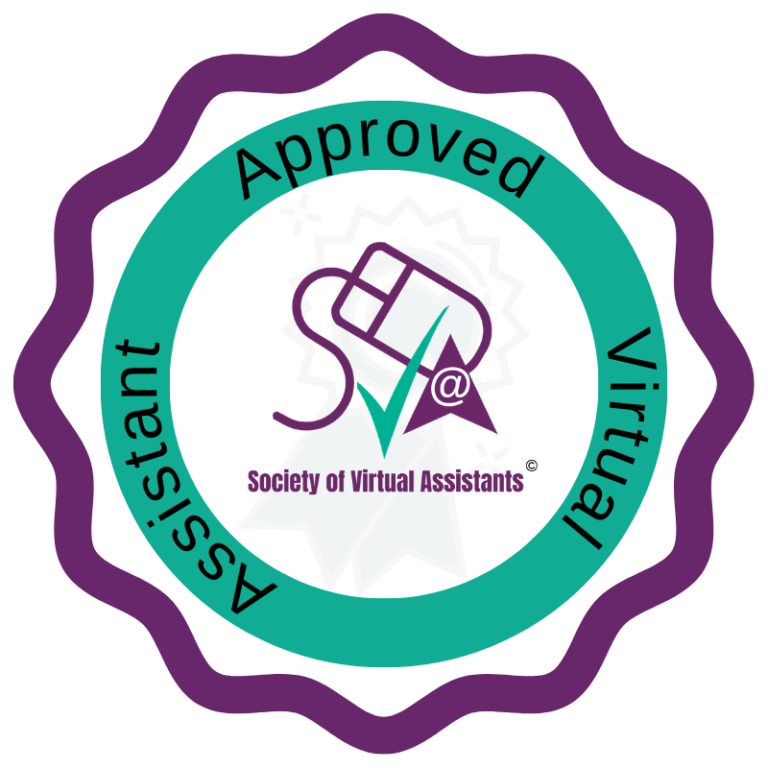Have you ever noticed how much easier it is to tackle a challenging task when there’s someone else in the room? Or perhaps you’ve experienced that magical moment when you’re so engrossed in a task that everything else ceases to exist – especially when working alongside others in a shared space? If so, you’ve likely experienced the benefits of either co-working or body-doubling. They both relate to people working in proximity of other people, both of them can be virtual or face-to-face, and both can be particularly helpful for neurodivergent individuals as productivity techniques.
As a virtual business administrator who supports neurodivergent business owners, I’ve seen first-hand how these approaches can transform work habits.
Let’s have a deeper look into what these concepts are, how they’re similar, and where they differ.
What is co-working?
As a solopreneur or freelancer, you may have come across the term “co-working” before. It’s usually mentioned in similar situations as the terms “collaborative space”, or “serviced office space” – and that’s before you get into the buzzier terminology like “agile workspace” or “hybrid office”.
It generally refers to sharing a workspace with others who are typically working on their own independent tasks. This could be:
- Working in a dedicated co-working space with other professionals
- Meeting friends at a café to work alongside each other
- Virtual co-working sessions where participants connect online
The core idea is that you’re working in the same space as others, even though each of you are focused on your own separate projects.


what is body-doubling?
Body-doubling is a productivity strategy where someone else’s presence (the “body double”) helps you stay focused and on-task. This concept has gained particular recognition in ADHD and neurodivergent communities as a powerful tool for executive function support.
A body double might:
- Sit quietly in the same room while you work
- Join you virtually via video call
- Work alongside you on their own tasks
- Sometimes actively support you with prompts or encouragement
The Overlapping Benefits
Both co-working and body-doubling share several powerful benefits:
Accountability
The presence of another person creates a gentle form of accountability. When someone else can see what you’re doing (or not doing), you’re more likely to stay on task.
Reduced Isolation
Both approaches combat the loneliness that can come with independent work, particularly for solopreneurs or remote workers.
Motivation by Proxy
There’s something genuinely motivating about being in the presence of others who are being productive. Their focus can be contagious!
Structure and Routine
Both methods provide helpful structure to the workday, creating clear boundaries between work time and personal time.
Key Differences
Despite their similarities, these approaches have some distinct differences:
Intent and Focus
- Co-working is broadly about shared workspace and community, with productivity as one of several benefits
- Body-doubling is specifically designed as a productivity and executive function support tool
Social Component
- Co-working often includes networking, collaboration, and socialising
- Body-doubling is more focused on the task at hand, with social interaction being secondary
Neurological Basis
- Co-working appeals to general human social tendencies
- Body-doubling supports executive function differences that are common in ADHD and other forms of neurodivergence
Organisation and Structure
- Co-working typically occurs in designated spaces or scheduled sessions
- Body-doubling can be more informal and ad-hoc, arranged as needed
Practical Applications for Neurodivergent Individuals
Both approaches can be valuable tools for neurodivergent people, offering support tailored to different needs and preferences:
Co-working:
- Provides a dynamic environment with fresh stimulation, which can enhance focus and engagement
- Offers a balance of structure and flexibility, supporting both routine and adaptability
- Encourages collaboration, enabling access to diverse thinking styles and problem-solving approaches
- Exposure to different organisational systems can promote cognitive flexibility and new ways of working.
- Observing varied work styles in action can help challenge perfectionism and foster self-compassion.
- A supportive setting can normalise individual differences, reducing self-consciousness and easing social anxiety
- Creates regular, structured social interaction, fostering a sense of connection and reducing isolation
Body-doubling:
- Activates motivation and supports sustained focus, making tasks feel more achievable and engaging
- The presence of a trusted person provides a grounding effect, aiding emotional regulation during challenging tasks
- Can reduce anxiety by offering reassurance and a sense of shared effort
- Serves as a gentle accountability partner, helping to interrupt unhelpful patterns and provide perspective
- Creates a judgment-free space where individuals can work without the pressure to suppress natural expressions
- Offers practical support with organising physical spaces and materials, easing cognitive load
- Enables the translation of unique perceptual experiences into actionable insights, enhancing creative and strategic thinking
How to Implement These Strategies
Virtual Options:
- Virtual co-working platforms (Caveday, Flow Club, Focusmate)
- Informal video calls with friends or colleagues
- YouTube videos of people working (a form of non-simultaneous body-doubling)
In-Person Options:
- Local co-working spaces (many offer flexible day passes if you don’t need full membership)
- Libraries and cafés
- Scheduled work sessions with friends or colleagues
For Business Owners:
As a solopreneur or freelancer, you may find these approaches helpful:
- Scheduling regular virtual co-working sessions with peers in your industry
- Partnering with someone for body-doubling when tackling routine or complex tasks
- Experimenting with different structures and/or environments to discover what works best for your productivity and well-being
The Bottom Line
Co-working and body-doubling both offer valuable forms of support, but they serve slightly different purposes. Co-working fosters community, networking, and collaboration, while body-doubling provides focused, one-to-one accountability and encouragement.
Many neurodivergent individuals find great benefit in using both strategies in ways that align with their particular preferences and strengths. The key is in finding the right balance that supports you and your unique needs and work style.
If this post has piqued your interest and you’d like to know more about the support I can provide in a co-working or body-doubling capacity, please drop me a message and let’s chat about it.

